Filter by
FAMENET stories (57)
RSS
Greening maritime shipping is a major objective of the European Green Deal. The objective of moving away from fossil fuels and reducing CO2 emissions is not only being sought at political level.
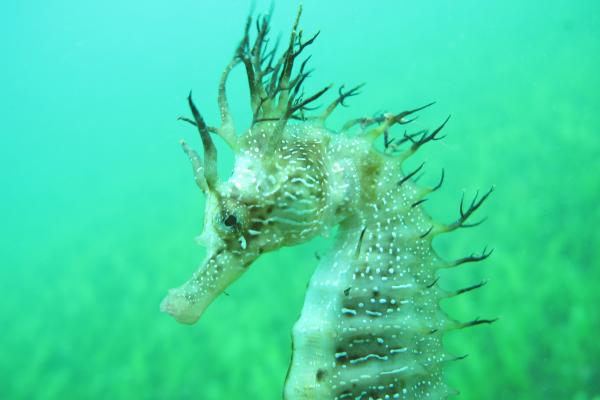
At the start of the century the Ria Formosa lagoon in southern Portugal was home to the biggest seahorse population in the world. Only two decades later, the situation has changed dramatically, and seahorse numbers have fallen by more than 90%. HIPPOSAVE is an action plan for the recovery and
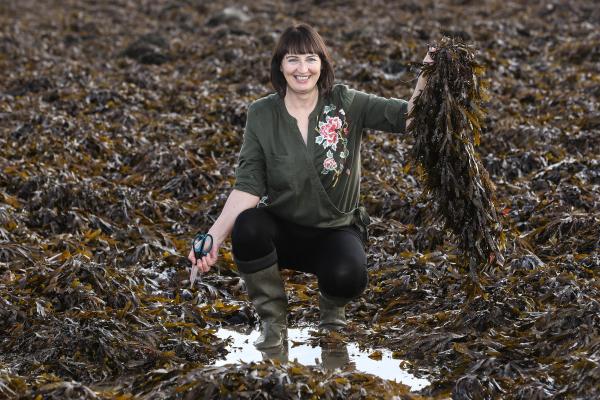
Ocean Leaves harnesses the natural benefits of algae to produce a range of products for the domestic gardening and agricultural sectors. Ocean Leaves’ products act as 'bio-stimulants' that can help to regulate and enhance the physiological processes of plants,

Fishers can lack the necessary time to follow the ever evolving societal needs and legislative evolutions in fisheries. In the Netherlands, the Vistikhetmaar (“I fish I knew”) project set up a website to provide fishers and fishing academies with a “one-stop shop” presenting tailor-made,

Christer Wannebro had been a pig farmer for 25 years. In 2018, his stables needed renovation, and he felt a strong curiosity to start something new professionally. In that year, he took part in a seminar about circular on-farm aquaculture and decided to give it a try.
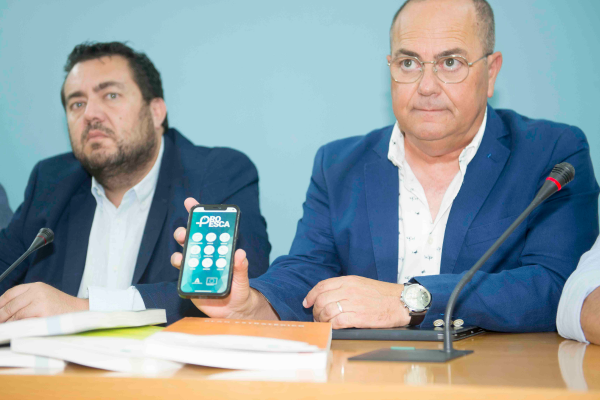
In the Gulf of Cádiz in Spain, coastal fishers have teamed up with three fisheries local action groups (LAGs) to sustainably manage the local fisheries and ensure the fisher’s livelihood in the future. At the same time they have developed an app, ProPesca, to facilitate the lives of the coastal
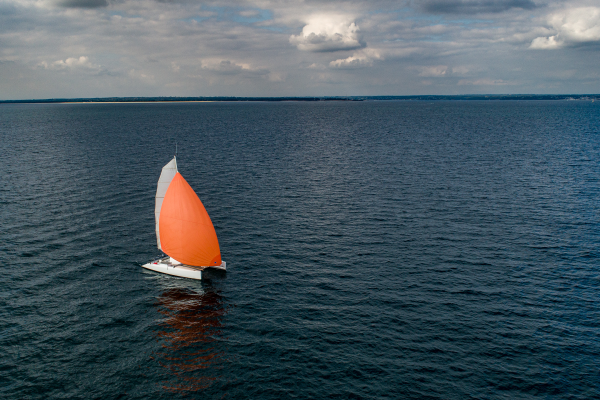
The wind is a free and sustainable energy source offering maritime activities a tremendous opportunity to move away from fossil fuels. The Skravik project, based in Finistère in Brittany, is reviving wind propulsion for artisanal fishing. Thanks to EU support, the project has been able to fund its
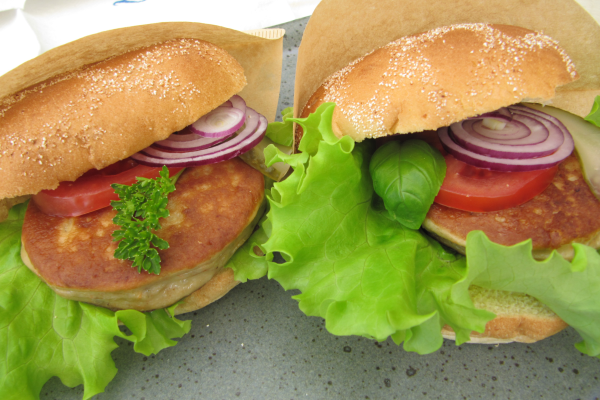
Small-scale fisheries often dominate the livelihoods of coastal communities and local economies. This is certainly true on the Swedish island of Gotland, whose fishing communities fishers date back generations. In recent years, however, stocks of Baltic cod, salmon and herring have declined and
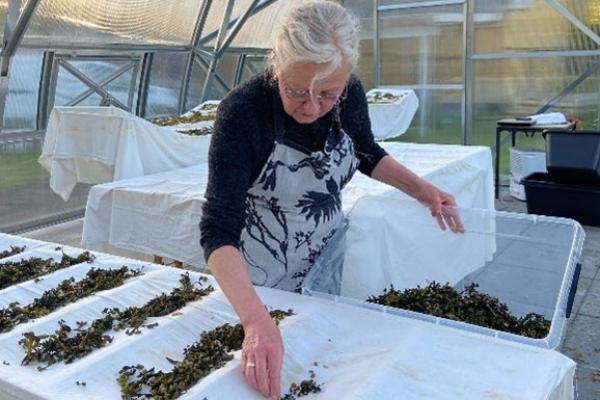
The little island of Læsø sits between Denmark and Sweden. There, seaweeds are an intrinsic part of the island’s history and landscape, being traditionally used as a roofing material.

The trade of the fishers is many things: It is challenging yet fascinating, it can be exhausting yet it is rich of rewards, too. But it is not a trade that can be usually learnt in schools: in fact, most of the transmission of skills and competences in the trade come from older fishers teaching
